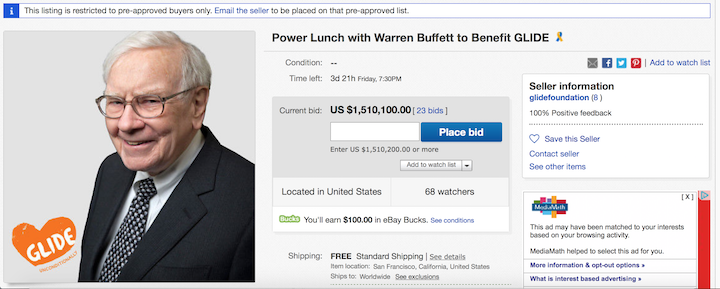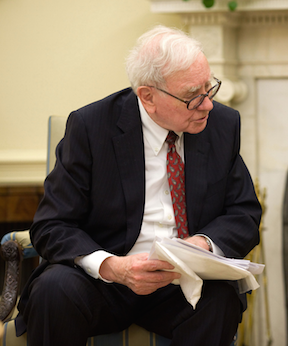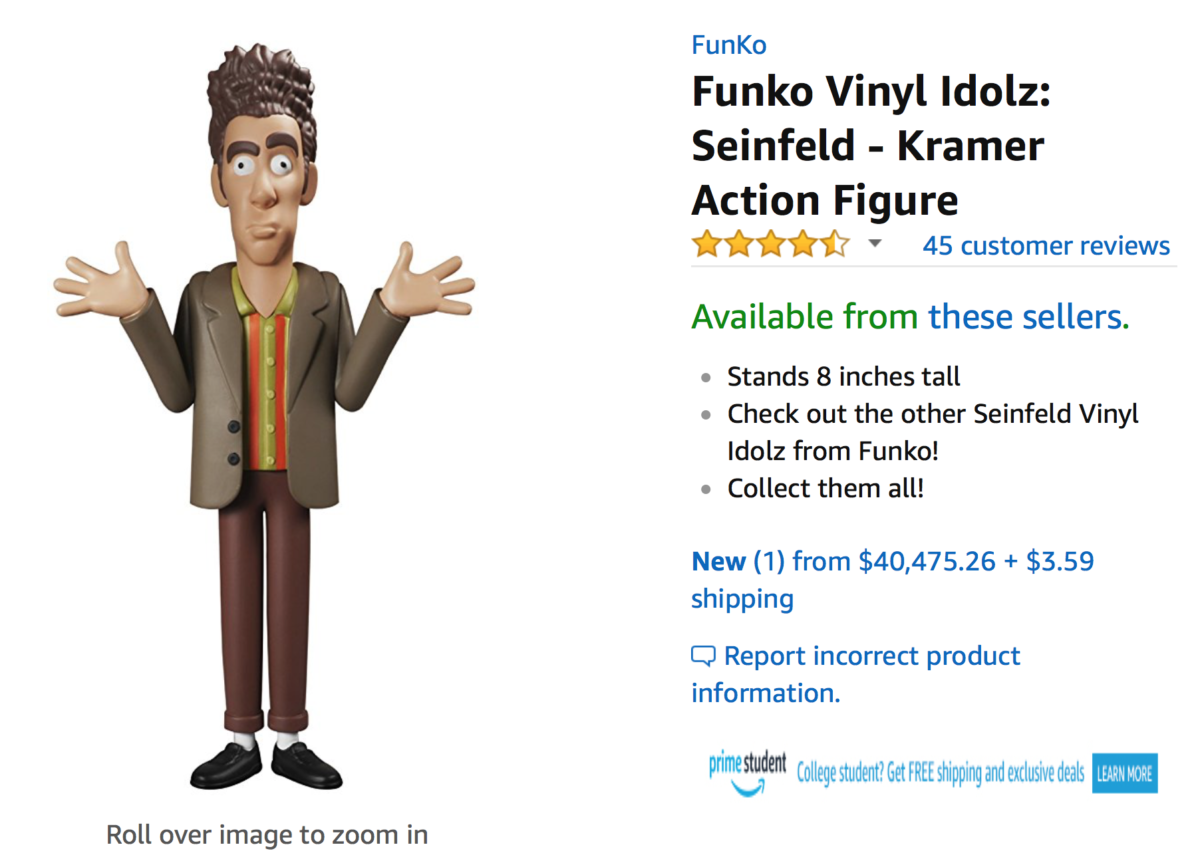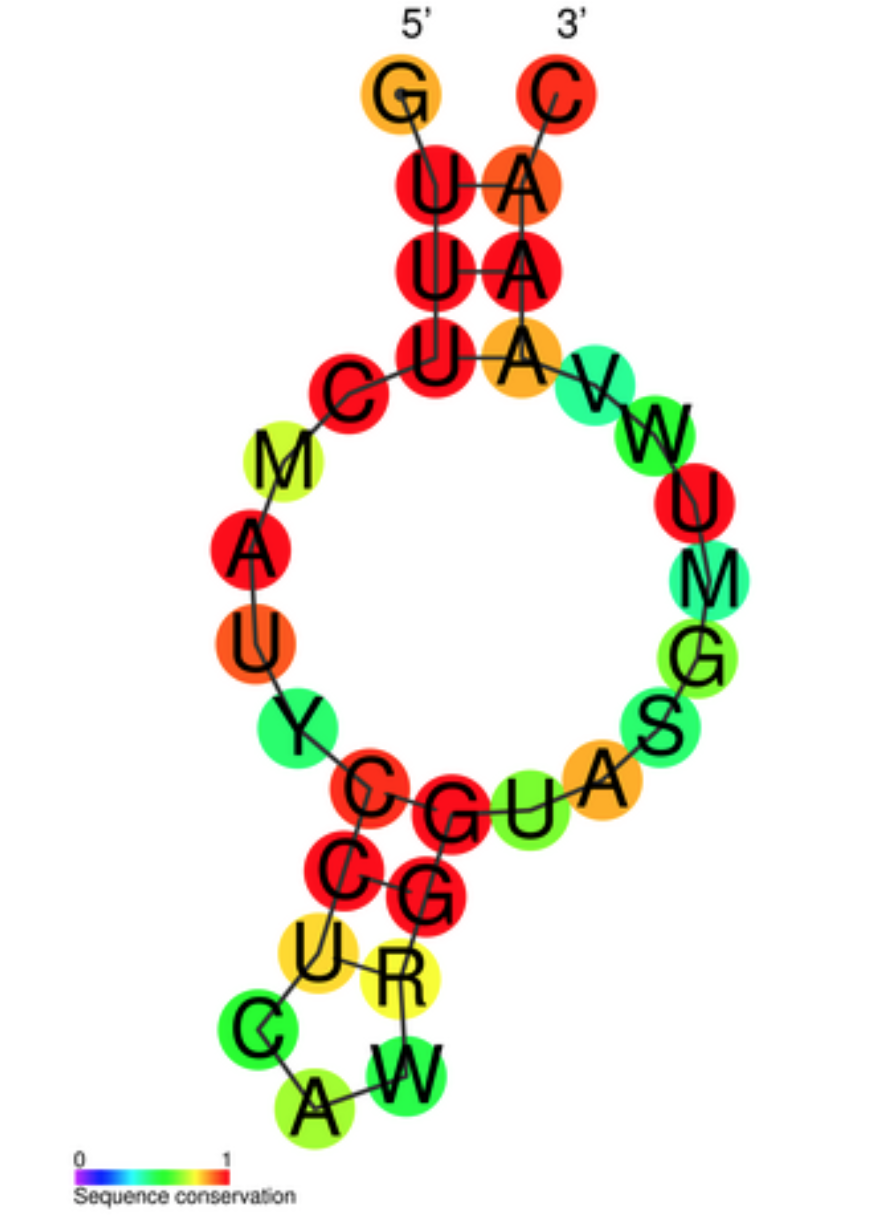Do you think you know a lot about Warren Buffett? Here is some interesting trivia about the famous and successful head of Berkshire Hathaway (BRKA) (BRKB). Maybe you will find some interesting facts that you weren’t aware of.
1. Warren Buffett’s father was a republican congressman.
2. Warren Buffett is of Huguenot ancestry.
3. His first stock purchase was three shares of Cities Service Preferred purchased when he was eleven years old.
4. When he was fourteen years old, he filed his first tax return, which listed his watch and bicycle as a tax deduction of $35 for his paper route.
5. He was a capitalist at a very young age, not only delivering newspapers, but selling magazine subscriptions door-to-door, selling golf balls, and selling Coca-Cola.
6. He owned a chain of pinball machines in various barber shops when he was fifteen years old.
7. In his high school yearbook, under his picture, it says ‘likes math; a future stock broker.’
8. He received his B.S. in Economics from the University of Nebraska–Lincoln when he was only 19 years old.
9. He paid $31,500 for the Omaha house he lives in today (although he bought it 52 years ago).
10. He used to own a house in Laguna Beach, California.
11. Buffett attended Columbia Business School because Benjamin Graham and David Dodd taught there.
12. In 1951, he received a M.S. in Economics from Columbia Business School.
13. He made almost $10,000 by the age of 20 in 1950.
14. Buffett’s father and Benjamin Graham told him not to work on Wall Street.
15. He taught a night class at the University of Nebraska-Omaha called Investment Principals.
16. He owned a Sinclair Texaco gas station in his early 20’s.
17. His starting salary at Benjamin Graham’s company was $12,000 a year.
18. When he was 26 years old, he had $174,000 in savings.
19. He became a millionaire in 1962.
20. Buffett first bought Berkshire Hathaway stock at $7.60 per share.
21. 99% of Warren Buffet’s wealth was earned after he turned 50.
22. Warren Buffett believes gold is a bad investment with no real value.
23. Warren Buffett has only sent one email in his life — an email to Jeff Raikes from Microsoft.
24. Behind only Bill Gates, Warren Buffett has donated the second-highest amount to charity ($30.7 billion) among all of the greatest philanthropists.
25. Warren Buffett still uses an old Nokia flip phone rather than a smartphone.
26. Warren Buffett spends 80% of his days reading newspapers and books.
27. As of 2018, Warren Buffet’s net worth is $84.1 billion, which is greater than the GDP of Uruguay.
28. In 2013, Warren Buffett made on average $37 million per day.
If you like interesting trivia like this, you should get the book, Stock Market Trivia.








